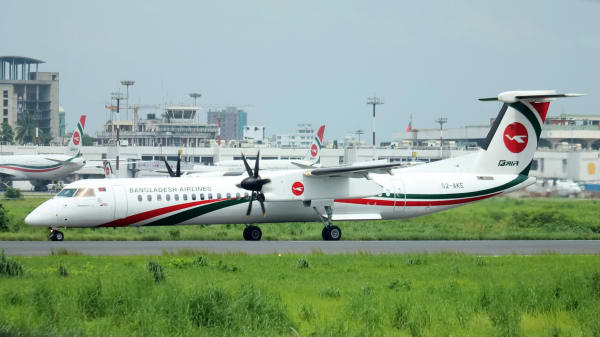The future of metropolitan transportation lies in the exciting realm of Urban Air Mobility (UAM). As congestion in cities across the globe increases, and the need for sustainable and time-efficient transit modes grows, the concept of UAM is no longer pure science fiction.
What is Urban Air Mobility?
Urban Air Mobility refers to a future where air transport, particularly drones and air taxis, are part of the urban transportation ecosystem. An especially crucial part of this form of mobility will be electric vertical take-off and landing (eVTOL) aircraft. These autonomous or semi-autonomous vehicles promise to carry both people and goods across urban landscapes, offering a solution to the problem of overcrowded roadways.
The Current State of Urban Air Mobility
Several companies and organizations around the world are investing billions in Urban Air Mobility.
- Uber, for example, plans to launch Uber Air by 2023, providing an airborne ride-sharing service.
- Airbus, the European corporation known for aviation innovation, has created Vahana, a self-piloted eVTOL demonstrator.
- Volocopter, a German start-up, has already demonstrated its air taxi service in Singapore.
These developments demonstrate the global interest and advancements in Urban Air Mobility.
The Benefits of Urban Air Mobility
Urban Air Mobility has numerous potential benefits, such as:
- Reducing Congestion: By utilizing air space, UAM can alleviate the traffic gridlock in metropolitan areas, reducing travel times and improving productivity.
- Environmentally Friendly: Many UAM vehicles are electric, which could reduce the carbon footprint of urban transit.
- Enhancing Connectivity: Urban Air Mobility can connect areas that are difficult to reach by traditional roadways, bridges, or tunnels.
Challenges in Urban Air Mobility
The futuristic idea of Urban Air Mobility, while exciting, also presents substantial challenges:
- Regulation: Standardizing rules for air traffic control, especially in densely populated areas, is a major hurdle for UAM.
- Infrastructure: Cities would need to develop "vertiports" for takeoff and landing, refueling, and maintenance, a significant capital undertaking.
- Public Acceptance: Many individuals may be skeptical about the safety and reliability of air taxis and drones. Overcoming this will require extensive public relations efforts.
Urban Air Mobility in the Future
To fully understand the future of Urban Air Mobility, it's important to consider some key forecasts.
- Mass Adoption: According to a report by Roland Berger, by 2035, the number of air taxis could be in the tens of thousands, indicating mass adoption of this new transit mode.
- Investment Growth: Goldman Sachs predicts that the UAM market could reach $1.5 trillion by 2040.
Despite potential challenges, the appeal and potential advantages of Urban Air Mobility promise a future of urban air transit. With traffic congestion and emission concerns currently challenging cities worldwide, UAM may offer much-needed relief.
The Role of Technology in Urban Air Mobility
Critical to the rise of Urban Air Mobility is the advancement of relevant technology. Autonomous flight systems, for instance, would make traffic controls easier to manage. Similarly, advancements in battery technology would allow for more extended periods of flight.
Innovations in the following areas are significant:
- AI and Machine Learning: For autonomous flights, artificial intelligence and machine learning can play a significant role in predicting optimal routes and understanding weather conditions.
- Battery Technology: For electric-powered air taxis and drones to be viable, advancements in battery storage and charging technologies are needed.
- Noise Reduction Technologies: For mass acceptance of urban air mobility solutions, designing quiet VTOL engines are crucial to reduce noise pollution.
As technology continues to progress, the reality of Urban Air Mobility becomes increasingly feasible.
Final Thoughts
The impact of Urban Air Mobility on our cities and transportation systems is intriguing. It could revolutionize how we move, commute, and deliver services in urban environments. While the road to Urban Air Mobility is paved with challenges, the journey itself is poised to be a landmark event in the history of urban development.
As the urban landscapes continue to evolve, we can expect to see a growing importance and integration of Urban Air Mobility. From individual commuting to delivery services, emergency medical flights, and a reduction in ground traffic, the sky seems to be the limit for Urban Air Mobility's potential growth.
Urban Air Mobility is more than just a buzzword – it's a vision of a future where air transit plays a fundamental role in urban life. As we continue to explore this fascinating concept and its potential to reshape our cities, the vision of a cleaner, faster, and less congested urban environment starts to seem not just possible, but likely. The future of Urban Air Mobility is on the horizon, and it's an exciting time to be alive and, soon, to fly.




